VANCOUVER — Bruce Madu, vice-president of minerals and mining at the non-profit research organization Geoscience BC, says that explorers can “take their pick” of copper, gold, silver and/or molybdenum targets outlined in the organization’s largest-ever airborne geophysical survey over west-central British Columbia.
The 24,000 sq. km Search Phase II geophysical survey covered a region that hosts the former Bell-Granisle copper mines, Thompson Creek Metals’ (TSX: TCM; NYSE: TC) shuttered Endako molybdenum mine, and Imperial Metals’ (TSX: III) idled Huckleberry copper-molybdenum mine in the southwest. Just beyond the survey’s southern border is New Gold’s (TSX: NGD; NYSE-MKT: NGD) proposed Blackwater silver-gold mine.
Madu revealed the results of the survey at a press conference at this year’s Association for Mineral Exploration Roundup convention in Vancouver. The data visualization shows the magnetic minerals associated with valuable metals.
“Explorers and prospectors see hints in these maps that could lead to their next discovery … while First Nations, land planners and communities will also benefit by having access to data to help make informed decisions,” Madu said.
Geoscience BC has combined Search Phase II with the organization’s two previous surveys — Search Phase I and Trek — to provide continuous, high-quality magnetic data covering 55,000 sq. km, which is nearly the size of Nova Scotia.
If you toggle between the geology and geophysical datasets on Geoscience BC’s Earth Science Viewer, there’s an occasional disconnect between the pink-and-blue magnetic hues and the mapped geology — which means that something else could lurk beneath the surface.
“What you’re looking at is a virtual treasure map … it’s a computer-enhanced representation of what’s potentially hidden in the bedrock,” Madu said. “The Earth Science Viewer is an easy-to-use tool that everyone can work with, interrogate and use to start on their journey to discovery.”
The survey area overlies parts of the Stikine terrane — an ancient volcanic island chain prospective for epithermal and porphyry-style deposits — where it connects with a similar rock package known as the Quesnellia terrane.
Madu is excited about the area’s porphyry potential, but said epithermal-style deposits should be investigated too, especially around Blackwater, 110 km south of Vanderhoof.
According to B.C. MINFILE reports, the intensely fractured epithermal deposit is unusual because it lacks recognizable large-scale faults or shear zones, and instead is hosted within an upright, funnel-shaped fragmental zone. The deposit has 117 million measured tonnes of 5.6 grams silver per tonne and 1.04 grams gold per tonne, and 189 million indicated tonnes of 6 grams silver and 0.78 gram gold, assuming a cut-off of 0.4 gram gold.
B.C.’s Minister of Energy and Mines Bill Bennett said during the press conference that the data gives explorers in B.C. a competitive advantage over other jurisdictions around the world that don’t have access to such high-quality information.
“Everything we can do in the province to entice early-stage investment is going to be a fantastic investment in the long run,” Bennett said. “We know that every dollar we invest returns at least $5 to the province, so we’ll continue to fund this agency — it’s the only one of its kind in Canada, and I’m a big supporter of it.”
On Jan. 23, Geoscience BC received $10 million in new funding from the B.C. government for mineral, water and energy research within the province. And while Madu couldn’t reveal any details for the upcoming Search Phase III survey, he says it will likely cover an area to the east.
“We’ll focus on another part of the province that has exceptional potential for mineral deposits,” he said.

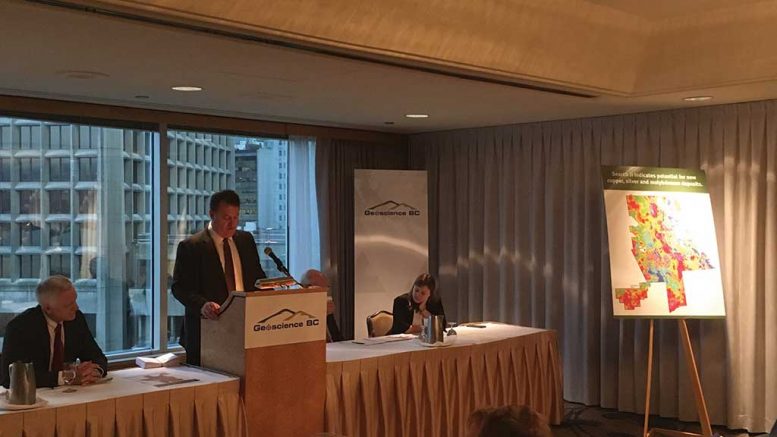
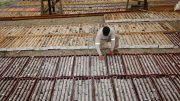
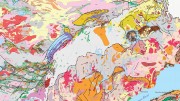
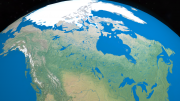
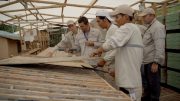
Be the first to comment on "Roundup 2017: Geoscience BC showcases new mag survey"